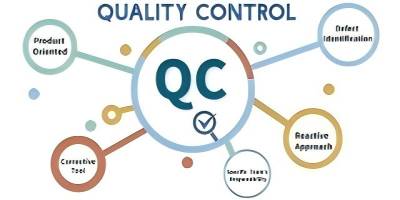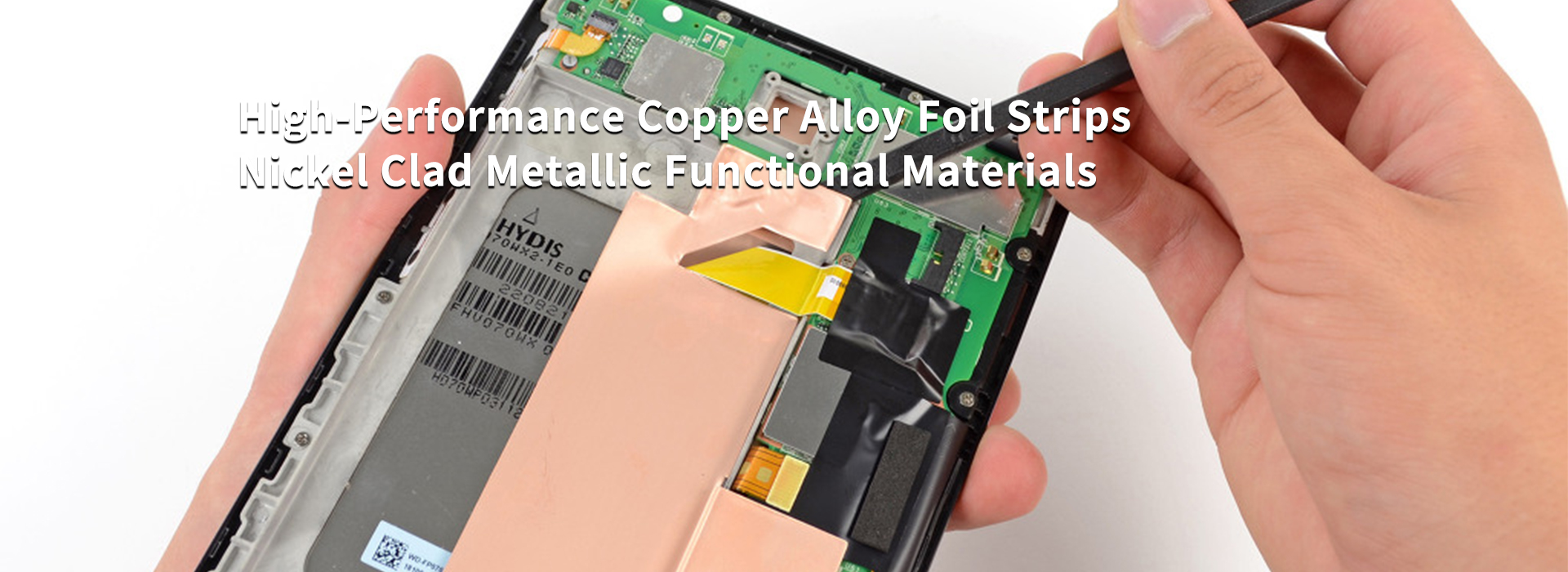 Quality Appraisal
Quality Appraisal
 HOME > TECHNOLOGIES >
HOME > TECHNOLOGIES >
Quality Assessment of Composite Metal Strips
2020-01-01
The quality identification of composite metal strip mainly includes the following test items and methods:
Chemical composition analysis: Detect the chemical composition of materials through spectral analysis or other chemical analysis methods to ensure that the composition meets the design requirements.
Mechanical properties testing: including tensile strength, yield strength, elongation and hardness testing to evaluate the mechanical properties of materials.
Physical properties testing: such as density, thermal conductivity and electrical conductivity, to understand the physical properties of materials.
Microstructural Analysis: Using a microscope to observe the microscopic structure of a material to assess its quality and uniformity.
Surface quality inspection: Check whether there are defects such as cracks, scratches, inclusions, etc. on the surface of the material through visual inspection, non-destructive testing or scanning electron microscopy.
Process parameter verification: Check production records, ask technical personnel, etc. to verify whether the process parameters such as composite rolling, annealing and tension straightening meet the standard requirements.
Corrosion resistance test: Evaluate the performance of materials in corrosive environments through methods such as salt spray tests.
Fatigue performance testing: Evaluate the performance of materials under cyclic stress and predict their service life.
Other performance tests: including bending performance, impact toughness, heat treatment performance, creep performance, magnetic properties, electrical conductivity, environmental adaptability, dimensional stability, surface roughness, etc.
Detection methods and instruments
Tensile test: It is carried out on a tensile testing machine to measure the tensile strength, yield strength and elongation of the material.
Hardness test: Measured using a Brinell hardness tester, Rockwell hardness tester or Vickers hardness tester.
Spectroscopic analysis: Analyze chemical composition using X-ray fluorescence spectrometer or atomic absorption spectrometer.
Microstructure observation: Use optical microscope and scanning electron microscope to observe the microstructure of the material.
Fatigue testing: The fatigue life of materials is evaluated by applying repeated loads through a fatigue testing machine.
Salt spray test: simulate the marine environment in a salt spray corrosion test chamber to test the corrosion resistance of the material.
Through these methods and equipment, the quality of composite metal materials can be comprehensively evaluated to ensure that they meet the design and use requirements.
Testing standards and regulations
There are a series of standards and regulations both internationally and domestically to regulate the testing of composite metal materials. For example:
GB/T 41739-2022: Test method for dimensional stability of metal matrix composites.
GB/T 32498-2016: Test method for tensile test of metal matrix composites at room temperature.
GB/T 39789-2021: Non-destructive testing of welds, Eddy current video integrated testing method for welds of metal composite materials.

Special note: If the customer requires, our company can also issue a test report from an authoritative third-party testing agency .
Advantages of third-party testing agencies :
Third-party testing agencies have the following advantages in the quality appraisal of metal strips:
Professionalism and impartiality: With a professional technical team and advanced testing equipment, we can provide highly accurate test results, and as an independent third party, the test results are more impartial.
Comprehensive testing capabilities: Through the combination of multiple testing methods, we can comprehensively evaluate the performance of materials and ensure that product quality meets relevant standards and customer needs.
Convenient service: Providing one-stop service from sample collection to issuance of test reports, greatly simplifying the company's testing process.
Choosing a trustworthy third-party testing agency for quality appraisal can not only ensure product quality, but also enhance the market competitiveness of materials.
Chemical composition analysis: Detect the chemical composition of materials through spectral analysis or other chemical analysis methods to ensure that the composition meets the design requirements.
Mechanical properties testing: including tensile strength, yield strength, elongation and hardness testing to evaluate the mechanical properties of materials.
Physical properties testing: such as density, thermal conductivity and electrical conductivity, to understand the physical properties of materials.
Microstructural Analysis: Using a microscope to observe the microscopic structure of a material to assess its quality and uniformity.
Surface quality inspection: Check whether there are defects such as cracks, scratches, inclusions, etc. on the surface of the material through visual inspection, non-destructive testing or scanning electron microscopy.
Process parameter verification: Check production records, ask technical personnel, etc. to verify whether the process parameters such as composite rolling, annealing and tension straightening meet the standard requirements.
Corrosion resistance test: Evaluate the performance of materials in corrosive environments through methods such as salt spray tests.
Fatigue performance testing: Evaluate the performance of materials under cyclic stress and predict their service life.
Other performance tests: including bending performance, impact toughness, heat treatment performance, creep performance, magnetic properties, electrical conductivity, environmental adaptability, dimensional stability, surface roughness, etc.
Detection methods and instruments
Tensile test: It is carried out on a tensile testing machine to measure the tensile strength, yield strength and elongation of the material.
Hardness test: Measured using a Brinell hardness tester, Rockwell hardness tester or Vickers hardness tester.
Spectroscopic analysis: Analyze chemical composition using X-ray fluorescence spectrometer or atomic absorption spectrometer.
Microstructure observation: Use optical microscope and scanning electron microscope to observe the microstructure of the material.
Fatigue testing: The fatigue life of materials is evaluated by applying repeated loads through a fatigue testing machine.
Salt spray test: simulate the marine environment in a salt spray corrosion test chamber to test the corrosion resistance of the material.
Through these methods and equipment, the quality of composite metal materials can be comprehensively evaluated to ensure that they meet the design and use requirements.
Testing standards and regulations
There are a series of standards and regulations both internationally and domestically to regulate the testing of composite metal materials. For example:
GB/T 41739-2022: Test method for dimensional stability of metal matrix composites.
GB/T 32498-2016: Test method for tensile test of metal matrix composites at room temperature.
GB/T 39789-2021: Non-destructive testing of welds, Eddy current video integrated testing method for welds of metal composite materials.

Special note: If the customer requires, our company can also issue a test report from an authoritative third-party testing agency .
Advantages of third-party testing agencies :
Third-party testing agencies have the following advantages in the quality appraisal of metal strips:
Professionalism and impartiality: With a professional technical team and advanced testing equipment, we can provide highly accurate test results, and as an independent third party, the test results are more impartial.
Comprehensive testing capabilities: Through the combination of multiple testing methods, we can comprehensively evaluate the performance of materials and ensure that product quality meets relevant standards and customer needs.
Convenient service: Providing one-stop service from sample collection to issuance of test reports, greatly simplifying the company's testing process.
Choosing a trustworthy third-party testing agency for quality appraisal can not only ensure product quality, but also enhance the market competitiveness of materials.





